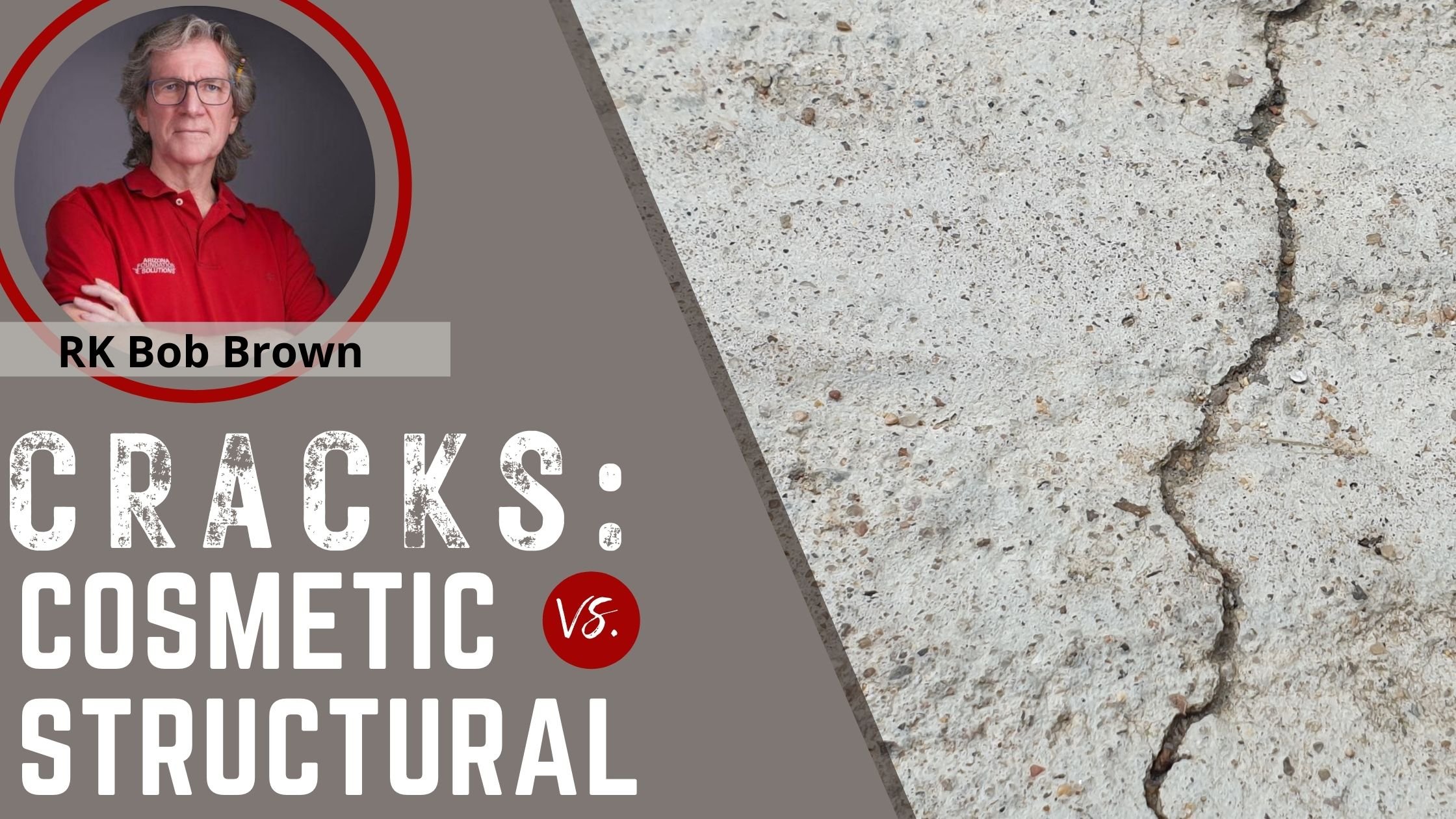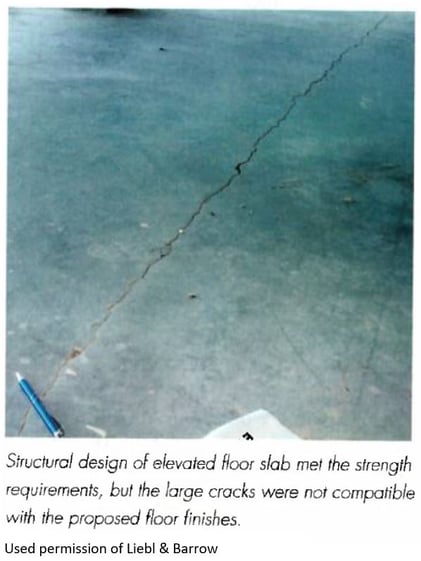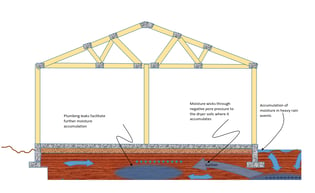
Recently, I had a spirited conversation with a local structural engineer, who is active in homebuilding design work. His assertion was that if a crack or sign of stress in a home or structure is not structural, then it must be cosmetic. Not only do I disagree with this assertion, I also claim that the overwhelming type of cracks and stress that we most commonly see is neither of the two. We perform over a hundred sealed reports every month. By far the most common type of crack we see are serviceability signs of stress and cracks.
"I believe is it disingenuous to produce a letter or report to a vulnerable and uneducated Homeowner, only stating that there are no structural deficiencies, and ignoring serviceability issues…. implying that there are no other concerns of significance to the homeowner." - RK Bob Brown
 What are serviceability signs of stress? It's best to think of these as functional cracks. Doors and windows that do not function properly and the cracks that accompany them… around them. Cracks in the floor that repeatedly crack tiles after it has been repaired. Similarly drywall cracks that appear regularly such as gaps between walls and ceilings or gaps under the baseboards. Tripping hazards, gaps that cause the shell (the exterior or floor) to no longer function to keep out pests, rain or air flow. If a homeowner cannot sell his or her home with these present without taking a significant hit, then it is a serviceability dysfunction.
What are serviceability signs of stress? It's best to think of these as functional cracks. Doors and windows that do not function properly and the cracks that accompany them… around them. Cracks in the floor that repeatedly crack tiles after it has been repaired. Similarly drywall cracks that appear regularly such as gaps between walls and ceilings or gaps under the baseboards. Tripping hazards, gaps that cause the shell (the exterior or floor) to no longer function to keep out pests, rain or air flow. If a homeowner cannot sell his or her home with these present without taking a significant hit, then it is a serviceability dysfunction.
Is it proper to categorize these types of problems as failures? Yes, according to Richard S Barrow, who is President of Liebl and Barrow Engineering and on the ASCE (American Society of Civil Engineers) committee for forensic investigations. He published an article in the June issue of Structure Magazine, the official magazine for the Structural Engineers Association where he stated in an article entitled “Do not Forget Serviceability”. He says: “Therefore the term “failure” is not limited to just deficient strength or stability of a structure.” He then goes on to give a graphic example of a typical serviceability failure with a caption describing it.
The thrust of the article was to suggest several strategies to minimize serviceability failures, recognizing the significance of their economic consequences.
One interesting point he made was to point out the generally accepted limit of L/600 for masonry structures. This far exceeds the L/360 that we use from the ACI and FPA. So in reality our report’s use of the lower standard on masonry structures speaks to our engineering team’s desire to be conservative, fair and balanced. Balancing both risk averse homeowners and those who are less risk adverse.
I believe is it disingenuous to produce a letter or report to a vulnerable and uneducated Homeowner, only stating that there are no structural deficiencies, and ignoring serviceability issues…. implying that there are no other concerns of significance to the homeowner. It is disingenuous because it completely ignores the issues of serviceability problems that may be present in a home. And most home owners are not aware enough to ask about them specifically in a meaningful way…. So it sort of ends up a “don’t ask don’t tell” policy that puts the homeowner at a disadvantage.
Granted, what constitutes a serviceability issue on a project can be subjective and part of engineering judgement. All the more reason to use as much as possible the standards we have to assist with this judgment.






